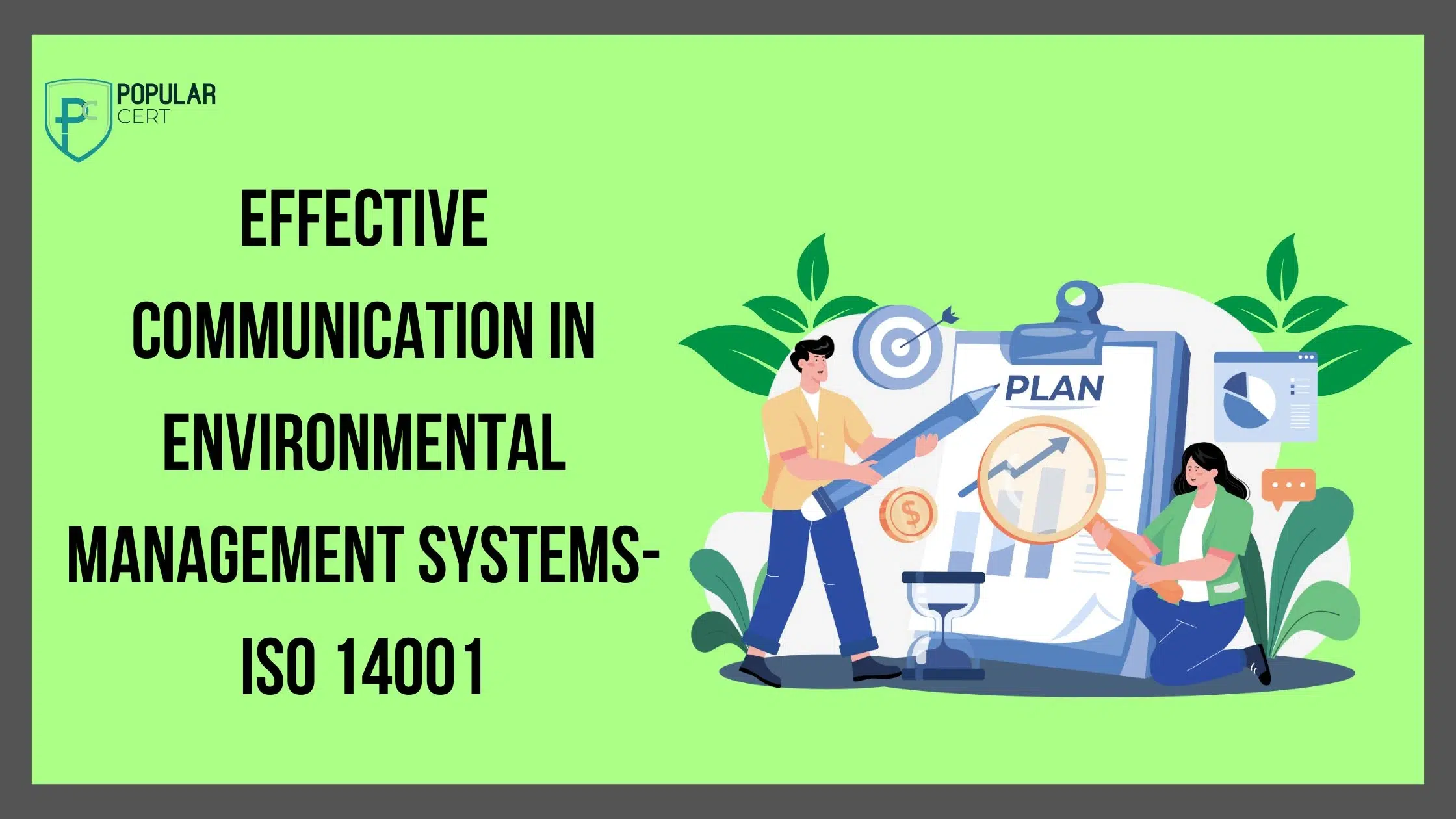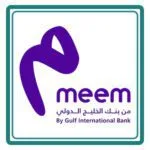Effective Communication in Environmental Management Systems (ISO 14001)

Clear and structured communication is crucial for the success of an Environmental Management System (EMS). Clause 7.4 of ISO 14001:2015 emphasizes the importance of internal and external communication to enhance environmental performance, compliance and continual improvement. Organizations must establish effective communication processes to share relevant environmental information, address stakeholder concerns and ensure transparency in environmental management.
Clause 7.4: Communication
7.4.1 General
Communication allows the organization to provide and obtain information relevant to its environmental management system, including information related to its significant environmental aspects, environmental performance, compliance obligations and recommendations for continual improvement. Communication is a two-way process, in and out of the organization.
The organization shall establish, implement and maintain the processes needed for internal and external communications relevant to the environmental management system, including:
- On what it will communicate.
- When to communicate.
- With whom to communicate.
- How to communicate.
7.4.2 Internal communication
The organization shall:
- Internally communicate information relevant to the environmental management system among the various levels and functions of the organization, including changes to the environmental management system, as appropriate.
- Ensure its communication process(es) enable(s) persons doing work under the organization’s control to contribute to continual improvement.
7.4.3 External communication
The organization shall externally communicate information relevant to the environmental management system, as established by the organization’s communication process(es) and as required by its compliance obligations.
When establishing its communication processes, the internal organizational structure should be considered to ensure communication with the most appropriate levels and functions. A single approach can be adequate to meet the needs of many different interested parties, or multiple approaches might be necessary to address specific needs of individual interested parties.
The information received by the organization can contain requests from interested parties for specific information related to the management of its environmental aspects, or can contain general impressions or views on the way the organization carries out that management. These impressions or views can be positive or negative. In the latter case (e.g. complaints), it is important that a prompt and clear answer is provided by the organization. A subsequent analysis of these complaints can provide valuable information for detecting improvement opportunities for the environmental management system
Communication should:
- Be transparent, i.e., the organization is open in the way it derives what it has reported on.
- Be appropriate, so that information meets the needs of relevant interested parties. enabling them to participate.
- Be truthful and not misleading to those who rely on the information reported.
- Be factual, accurate and able to be trusted.
- Not excluding relevant information.
- Be understandable to interested parties.
An organization should establish processes for communication relevant to the environmental management system, taking into account the organization’s compliance obligations. These processes should identify:
- What information needs to be communicated.
- When or under what circumstances it needs to be communicated.
- To whom it needs to be communicated.
- How it will be communicated.
The organization can consider the potential costs and benefits of different approaches in developing processes for communication that are appropriate for its particular circumstances. Communication of environmental information should be based on, and consistent with, the information generated within the environmental management system, including the internal evaluation of the organization’s environmental performance.
In determining how it intends to communicate, the organization should consider different communication methods that can encourage understanding and acceptance of the organization’s environmental management efforts and promote dialogue with interested parties. Methods of communication include, for example, informal discussions, organization open days, focus groups, community dialogue, involvement in community events, websites and e-mail, press releases, advertisements and periodic newsletters, annual or other periodic reports, and telephone hotlines.
The organization should consider and respond to relevant questions, concerns, or other communicated inputs to its environmental management system. It can be beneficial to establish a process for receiving and responding to such internal and external communications.
Organizations should retain documented information of its communications, as appropriate, in order to:
- Recall the history of specific interested party communication, inquiries, or concerns.
- Understand the nature of various interested party engagements over time.
- Improve the organization’s effectiveness in developing future communication and in following up and addressing the concerns of specific interested parties as needed.
Some communications need not be documented if there is no added benefit to the environmental management system, e.g. informal communications. The organization should take into account its nature and size, its significant environmental aspects, and the nature and needs and expectations of its interested parties when establishing its communications processes.
The organization should consider the following process steps:
- Gather information, or make inquiries, including from relevant interested parties.
- Determine the target audience(s) and their needs for information or dialogue.
- Select information relevant to the audience’s interests.
- Decide on the information to be communicated to the target audience(s).
- Determine which methods and formats are appropriate for communication.
- Evaluate and periodically determine the effectiveness of the communications process.
The principal communication components of an environmental management system are summarized in Practical Help. These components are recommended as the core, minimum components, and an organization can go beyond these as necessary for effective communication relevant to the environmental management system.
Types Of Certification
- ISO Certification
- ISO 9001 Certification
- ISO 14001 Certification
- ISO 45001 Certification
- ISO 22000 Certification
- ISO 27001 Certification
- ISO 17025 Certification
- ISO 13485 Certification
- ISO 20000-1 Certification
- ISO 22301 Certification
- ISO 50001 Certification
- ISO 37001 Certification
- IATF 16949 Certification
- ISO 29001 Certification
- ISO 31000 Certification
- ISO 20121 Certification
- ISO 10002 Certification
- ISO 41001 Certification
Get Free Consultation
Our Clients


















Conclusion
Effective communication is a vital component of ISO 14001:2015. By implementing strong internal and external communication processes, organizations can enhance environmental performance, ensure regulatory compliance and engage stakeholders effectively. Proper documentation and transparent communication build credibility and drive continuous environmental improvement.
Call To Action
Boost your organization’s credibility with ISO 14001 certification! PopularCert provides expert guidance to help you achieve environmental compliance and business success. Get in touch with us today to get started
GET A FREE CONSULTATION NOW
FAQ
Why is communication important in an Environmental Management System (EMS)?
Communication ensures that all stakeholders understand their roles in improving environmental performance. It helps organizations share critical information, meet compliance obligations and foster transparency.
What are the key elements of an effective EMS communication process?
A well-structured EMS communication process includes defining what, when and how to communicate, ensuring message accuracy, maintaining documentation and engaging both internal and external stakeholders.
How can organizations improve EMS-related communication?
Organizations can improve communication by using diverse methods (emails, reports, meetings), training employees, ensuring message consistency, engaging stakeholders and continuously reviewing and refining communication strategies.
